Up to this point, we humans have been utterly failing to take accountability for what we have wreaked upon the planet. And as a mitigation strategy, people and businesses are seeking ways to minimize their carbon footprint and shield the earth from further degradation.
Although it is unclear whether the eco-friendly packaging trend was inspired by ever-changing social media behaviors or a sincere commitment toward the ecosystem, it sure is a show-stopper!
Today, environmentally conscious buying and selling have become a catchphrase for both businesses and consumers. Purchasers are becoming more critical of wasteful packaging. The new fad toward eco-friendly packaging is on the rise for all good reasons!
Initiatives to ban single-use plastics have gained traction, with buyers and local governments starting to hold manufacturers and retailers answerable for their environmental impact.
Eco-friendly packaging arrives in a combination of forms and dimensions. Limiting resources that are difficult to recycle is a good starting point, as is cutting the level of additional items companies send with a commodity.
There are many good alternatives for biodegradable mailing workarounds that perform just like conventional mailers but degrade much more quickly after being discarded, with none of the adverse consequences associated with customary non-compostable mailer possibilities.
Table of Contents
ToggleThe shift from plastic to biodegradable packaging
Packaging manufacturing is a massive business that employs approximately five million people worldwide and generates annual revenue of more than 400 billion dollars.
Considering the industry’s magnitude and the pervasiveness of packaging in all of our lifestyles, the opportunity for packaging to have an enormously detrimental effect on the environment is endless. As a result, packaging designers and users bear a great deal of responsibility for ensuring that any probable detrimental effect of their products is eliminated.
One prominent area where businesses today have made adjustments is in their manner of packaging goods. So, what exactly is eco-friendly packaging, and why is it so pertinent?
As per the Environmental Protection Agency, we toss away 82.2 million tons of packaging each year, accounting for nearly 30 percent of total waste generated in the United States. With that kind of packaging entering landfills each year, more viable and compostable options are needed.
The industry has historically assembled packaging with hardly any thought given to where it would end up once it reached the end-user. Plastic, styrofoam, and other materials may protect the goods, but they are not environmentally friendly.
Today’s modern transformation toward a more environmentally friendly community means that companies are exploring other options to conventional plastics to preserve the products. Identifying the appropriate materials for product packaging can seriously influence the product to achieve a competitive advantage.
While a company’s packaging and exterior are essential for increasing brand recognition, securing the commodity, presenting selections, and interacting with customers, it is also essential for projecting the correct perception of the business. Using recyclable items to package products has become more crucial as consumers become more aware of a brand’s pledge to sustainable and green corporate practices.
Eco-friendly packaging is used by brands for a myriad of purposes, such as corporate social responsibility, lowering ecological footprint, eliminating waste, boosting sales, and because vendors necessitate it.
Consumer sentiment
In a new analysis, over 19,000 consumers aged 18-73 from 28 countries were polled about their purchase behavior and how they are adjusting. The results underscore how significant the materials used in multiple brands and their packaging are to buyers.
Producers, vendors, and retail outlets have a massive opportunity to boost their brand in the minds of buyers by presenting a caring, considerate, and forward-thinking corporate image with their products.
When people purchase a commodity, they expect it to be packaged conscientiously, with non-toxic, compostable, and recyclable waste that will not exacerbate the environmental issues that our planet is undergoing.
With shoppers placing such a high value on a company’s environmental responsibility, one must ensure that the company is seen to be taking the appropriate attitude. As per the World Economic Forum, customers are ready to pay more for products and services from sustainable businesses.
Saying yes to eco-friendly packaging!
The first step toward more environmentally friendly packaging is to lessen! The most environmentally friendly packaging is none at all. However, it is not always feasible to avoid all packaging designs. Hence, companies must decide on the best eco-friendly packaging for products.
Eco-friendly packaging design is concerned not only with the materials and components but also with the number of materials utilized. Packaging can be made more eco-friendly in a variety of ways, including no-glue folding cartons, versatile drawstring biodegradable bags that take up little space in transport, mono raw material for more straightforward disposal, and designs that use less material altogether.
Combining biodegradable, recycled, or recyclable packaging has a massive effect because it redirects waste away from landfills and persuades customers to be more conscious of their waste.
Designing Sustainability Into Packaging
For a long time, the rallying cry of the sustainable development progression has been ‘reduce, reuse, and recycle.’ To understand it simply, we could perhaps try to limit the number of components used, stretch the life of goods by reusing them, and recycle its constituent parts once a product reaches the end of its lifespan.
When considering the design of a product, along with any form of packaging, we can add ‘rethink’ to the 3R of waste hierarchy list. Rethinking implies that a packaging product’s developer should be committed to finding innovative, greener materials and designs.
Optimize the use of resources with eco-friendly packaging
Numerous materials used in the packaging sector are gleaned from hydrocarbon fuels. Others are made of bio-based components. Any tactic dedicated to developing eco-friendly packaging should guarantee that pure ingredients come from 100 % sustainable outlets and that recycled aggregates are used to the fullest extent.
Nevertheless, this latter alternative is confined to instances where the material disintegrates after its initial use. The key obstacle for producers is developing new packaging modes to substitute those currently made from non-sustainable materials that one cannot precisely control to become sustainable.
Eco-friendly packaging limiting carbon footprints
Residents and businesses that participate in eco-friendly packaging reduce their carbon footprint and help minimize the overall circulation of greenhouse gasses moving around our atmosphere. Individuals can help improve the air quality by becoming more eco-friendly with little initiatives such as purchasing only eco-friendly products.
Researchers at the University of North Carolina proclaimed that by vigorously lowering our greenhouse gas emissions, we can help prevent 300,000-700,000 premature deaths worldwide by 2030.
Eco-friendly packaging solutions are developed with minimalism and simplicity in consciousness. While still capable of providing appropriate item and commodity safety, the packaging is less clunky and uses fewer manufacturing resources. As a result, eco-friendly packaging weighs less and takes up less space, allowing more objects to fit into cartons, crates, and cargo containers, making transporting reasonably priced.
Safe for the ecosystem and human health!
The packaging will be compostable and eco-friendly if made of natural components. Plastic is not biodegradable in a broad sense, as it takes hundreds, if not thousands, of years to deteriorate while emitting toxic substances along the way. On the other hand, some eco-friendly packaging, such as recycled paper, is entirely compostable.
Non-renewable petrochemical resources, such as crude oil, which is used to make the majority of plastic, are toxic to the environment in aspects of harvesting, refinement, transmission, application, and disposal.
While eco-friendly packaging has none of these detrimental issues, toxic substances, such as those created by plastic, are not prevalent in natural substances making the degradation process a natural and hazard-free process.
The potential of packaging to be reused or recycled contributes to its eco-friendliness. Incentivizing packaging reuse extends its lifespan, reduces the need for new materials, and lowers the carbon footprint. If the packaging is sufficient, it should be reusable for additional packaging, storage, and delivery.
Multipurpose and versatile to meet our needs
In addition to saving the planet from start to finish, sustainable and eco-friendly packaging is exceptionally versatile, uncovering applications in every primary industry that currently uses regular packaging.
There is an eco-friendly packaging item to meet your green demands, whether you are packaging beauty products, medical products, gadgets, or automotive components. Earth-conscious packaging products are cunningly multi-faceted, strong, dependable, and durable because eco-friendly packaging is crafted to be minimalist and reusable.
Space and raw material are rarely squandered with this type of packaging. And, once you are done using the packaging material, you can simply mix it in your compost bin and prepare a good-old compost for your backyard veggies!
Companies promoting eco-friendly packaging
Stripe & Stare
The famous undergarment company makes use of eco-friendly packing boxes as a means of minimizing its carbon footprint. Rather than using plastic to fill the boxes, they make the packaging as thin and compact as possible. The smaller the box, the lesser their carbon footprint!
Sunad
Sunad is a Spanish manufacturer that recreates vintage, iconic clothing with plant fabrics. The product desired not only an eco-friendly packaging solution but also a styling that matched the colors and tones of their apparel.
Their first thought was to create an eco-friendly mailer package, but they quickly realized that their super soft trousers, shirts, and jewelry didn’t require bulky corrugated cardboard. Sunad eventually began using expandable kraft mailers.
To Wrap Up
So there you have it: an in-depth glance at why you should use eco-friendly packaging. Transitioning to eco-friendly packaging may cost a little more now, but all emerging innovations did when they first appeared, right?
The difference is that spending a little more now indicates we can shield the world subsequently, which is worth any cost. Claim your love and affection towards the environment by purchasing renewable and compostable packaging from eco-friendly packaging commercial brands.
Choose to support local businesses, purchase organic, eco-friendly products from socially responsible, eco-conscious companies rather than commercial multinationals, and go plastic-free by carrying reusable pouches or woven baskets to your local fruit and vegetable outlet.
Frequently Asked Questions (FAQ)
Q1. What is the most eco-friendly packaging?
Some eco-friendly packaging materials are cornstarch packaging, cellulose packaging, mushroom packaging, and green cell foam packaging.
Q2. Is paper packaging eco-friendly?
Paper packaging is eco-friendly since it is both recyclable and biodegradable.
Q3. Why can’t eco-friendly bioplastics be reused in the same way that recyclable materials?
Bioplastics have unique physicochemical properties than traditional plastics, and their nature is to degrade, making them typically single-use.
Q4. Is eco-friendly packaging sustainable?
Yes, eco-friendly packaging is economically and environmentally sustainable as the raw material is acquired from naturally occurring abundant resources.
Q5. Can eco-friendly packaging reduce the cost of shipment?
Of course, these sustainable packaging are primarily lightweight, which allows less fuel consumption, ultimately minimizing the cost of shipment.


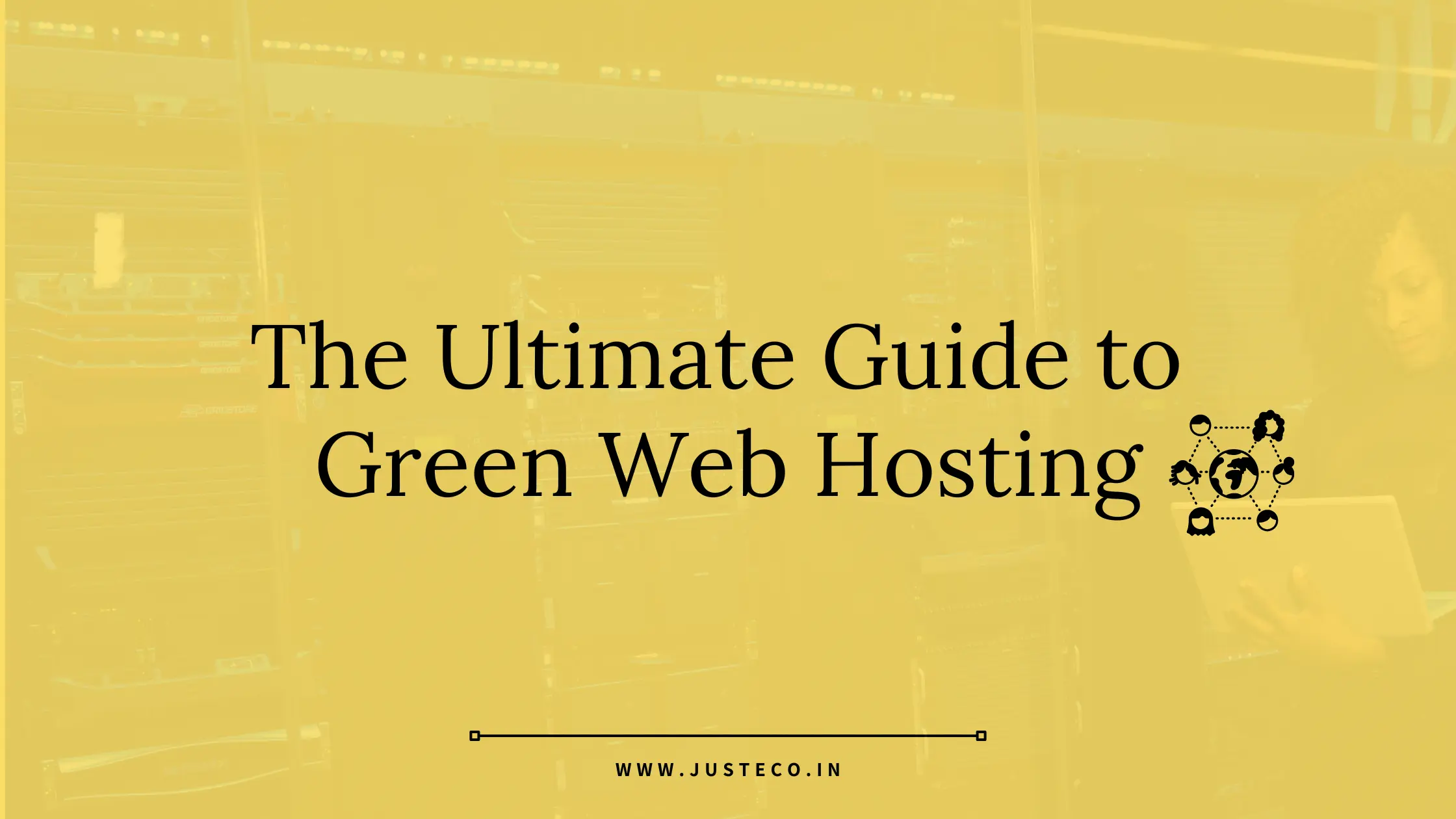
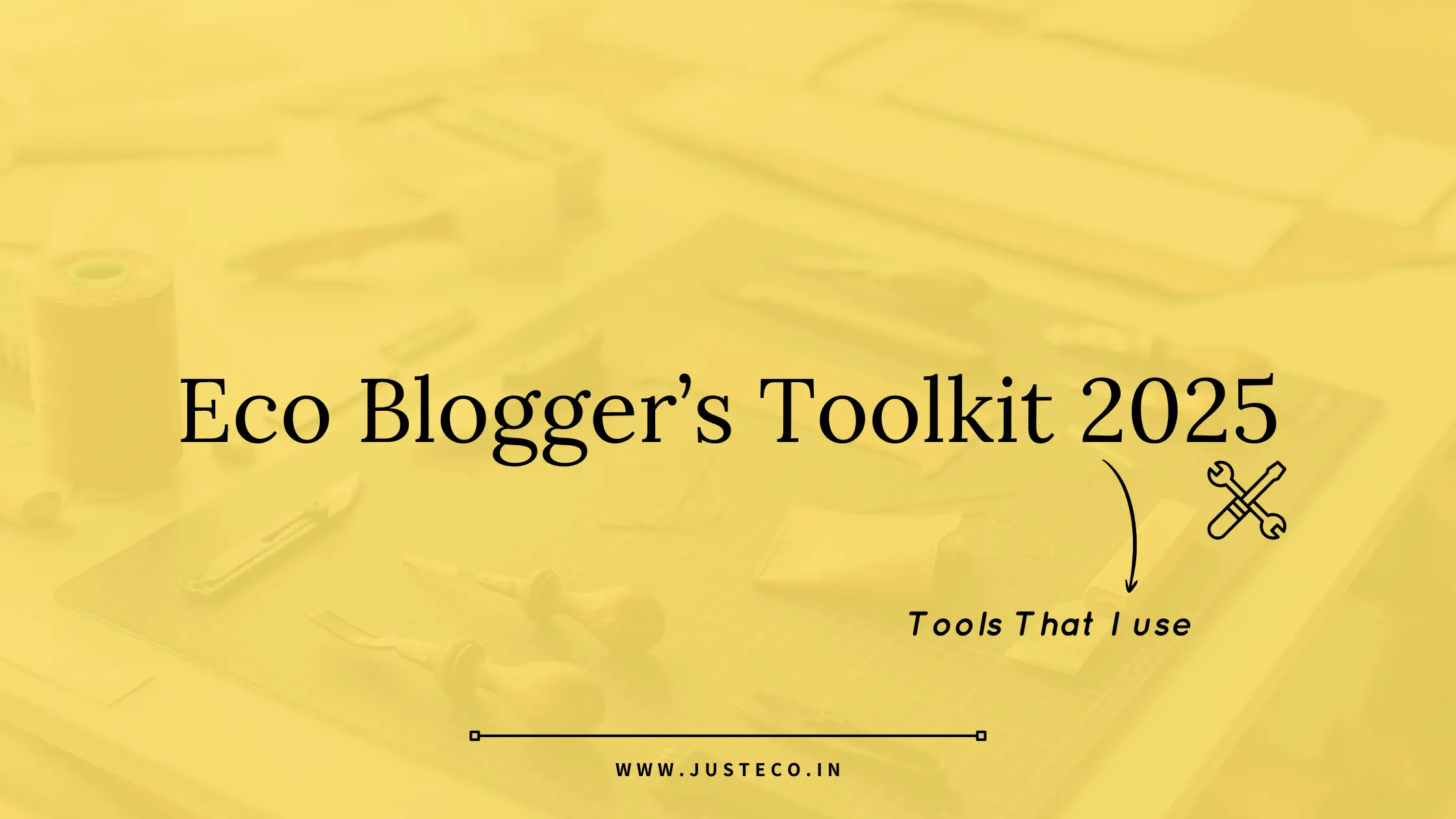
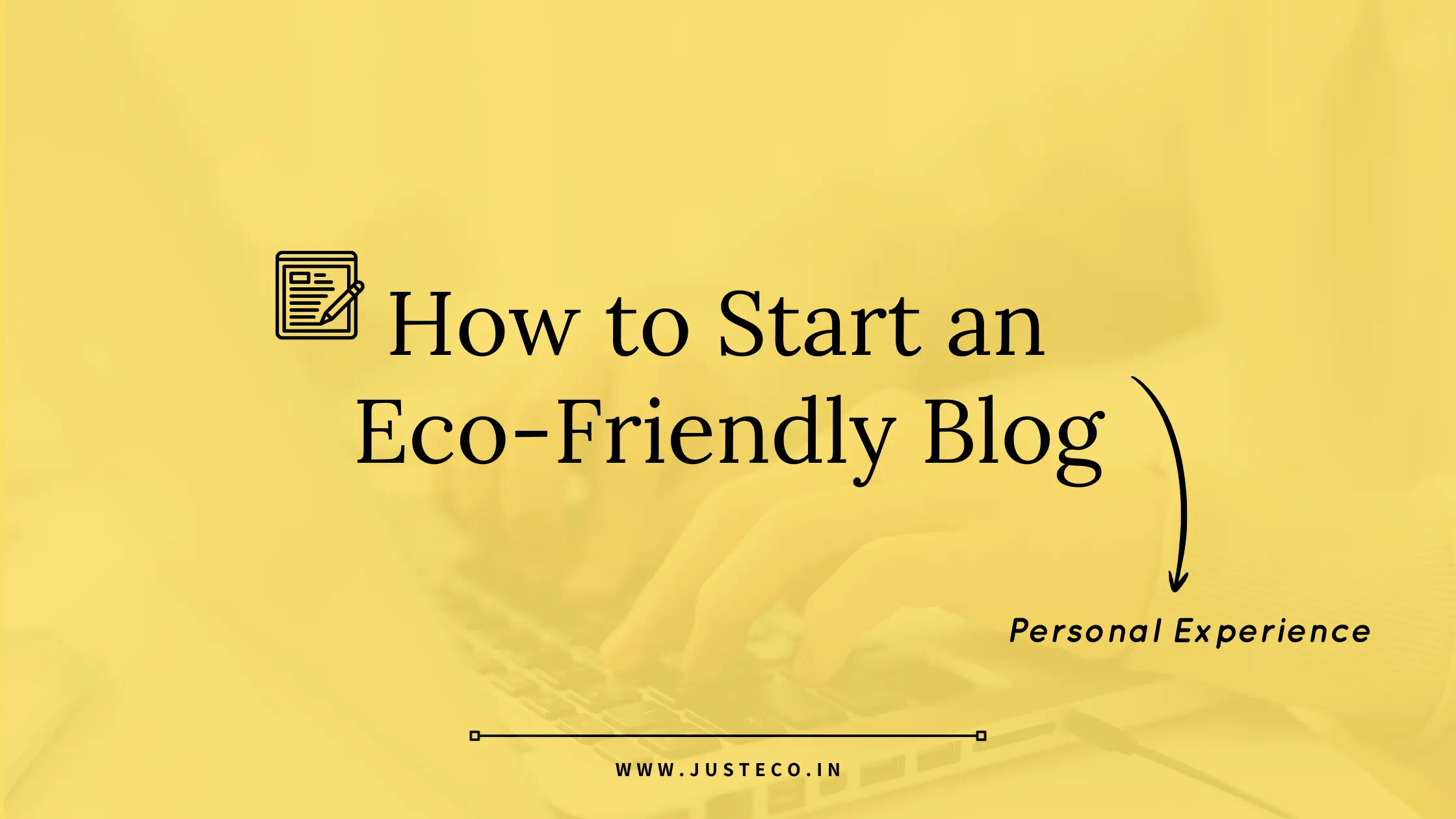
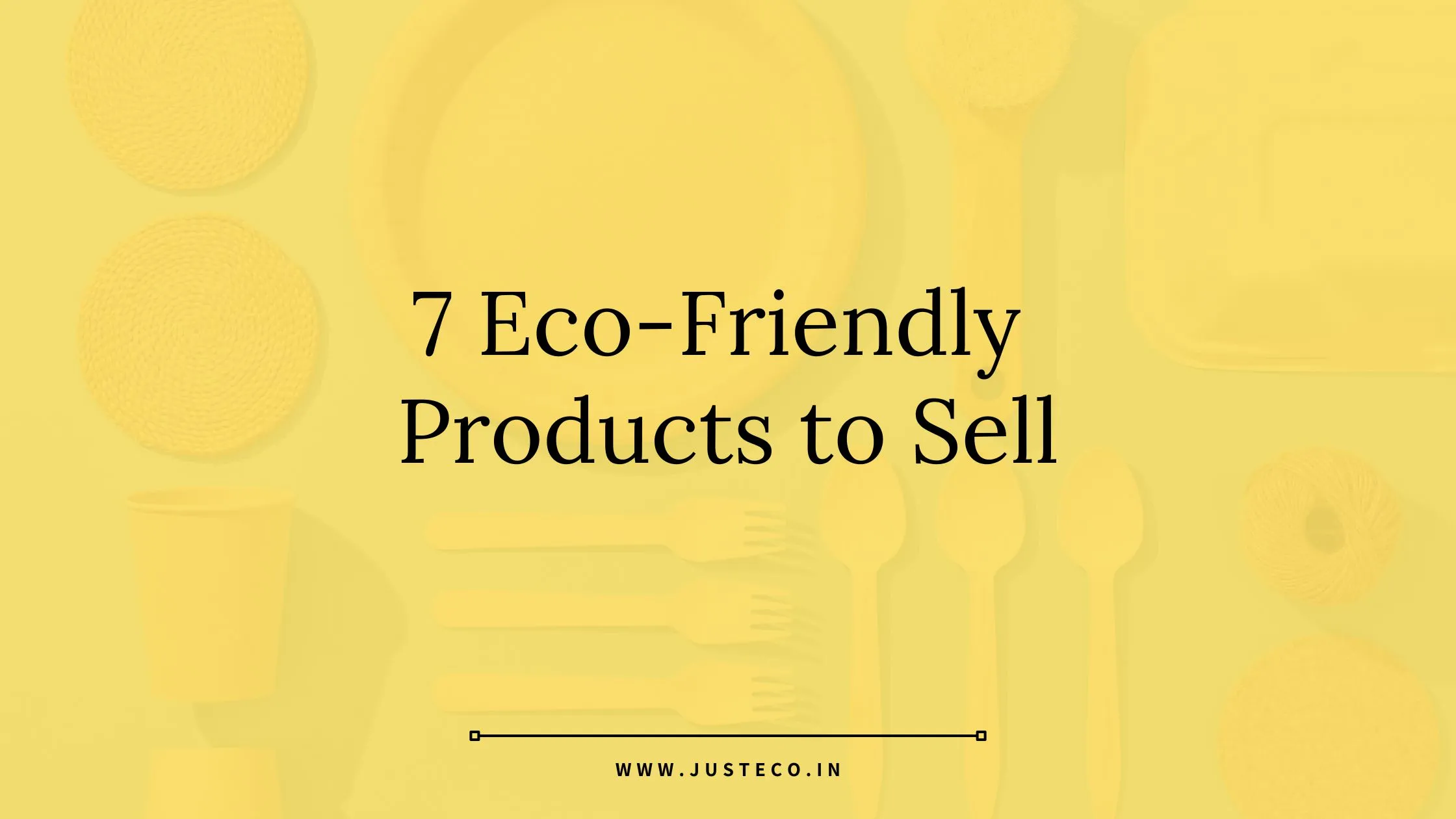



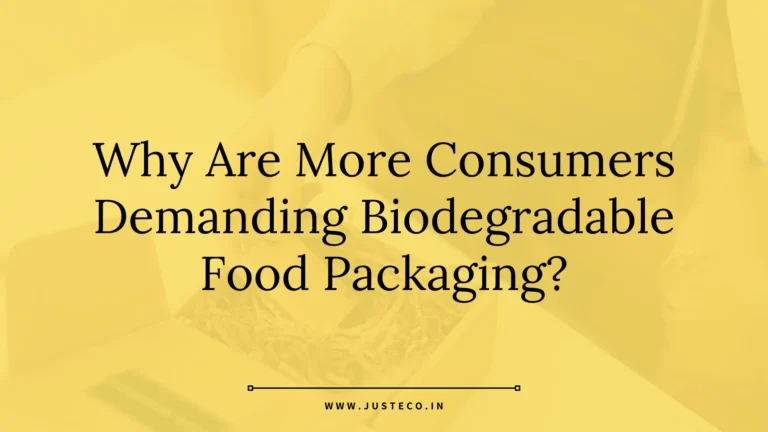

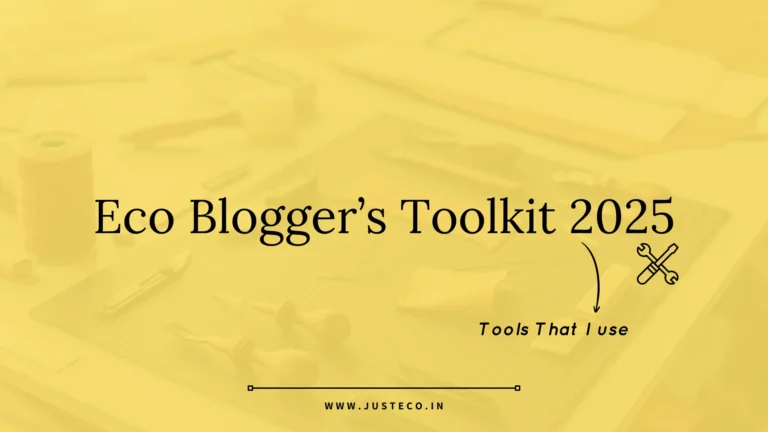
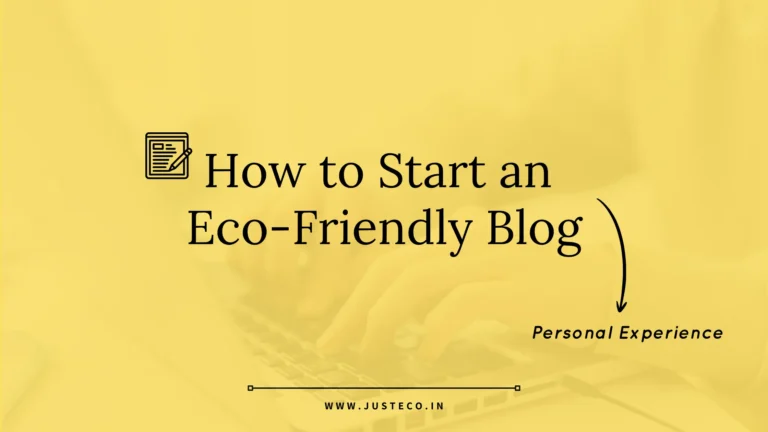
1 thought on “How Crucial Is Eco-Friendly Packaging”
It is important to consider the purpose of the packaging. If it is to protect the product, then a box made of recycled cardboard might be best. If it is to attract people to buy the product, then a package that will catch their eye might.